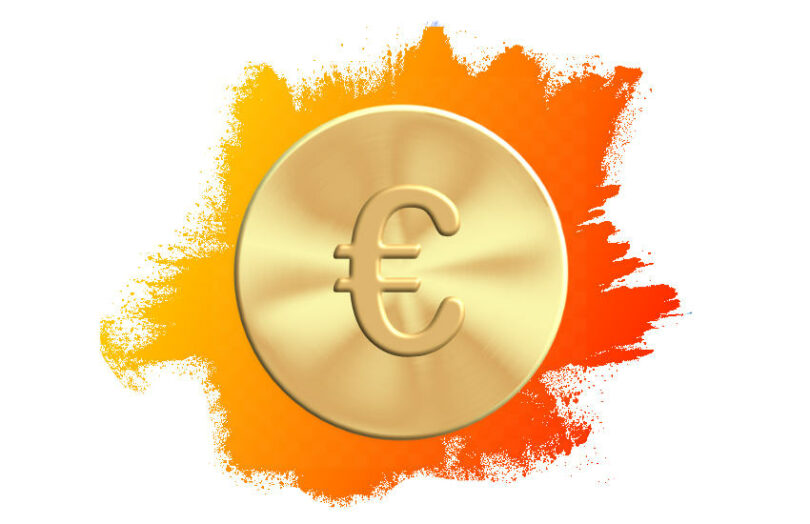Spanish fintech MONEI announced that the Bank of Spain authorized the licensed payments fintech to issue a Euro stablecoin, EURM, within its sandbox. The reserve assets are held in accounts at institutions like BBVA and Caixabank.
During the trial phase, there’s a limit of €10 per person, and it’s only open to Spanish residents, although it has pan-European plans. For now payments are free. Users enter their phone number, verify their identity with a smartphone, and then top up their wallet using Bizum. Bizum is a popular Spanish app with more than 20 million users that allows instant payments but also links to most Spanish banks enabling fiat onboarding for the stablecoin.
When a user tops up, the EURM digital currency is automatically minted on the Polygon blockchain and the money is deposited at the financial institution.
Apart from simple instant payments, MONEI outlines use cases such as scheduling supplier payments based on usage and allowing staff to select whether they want to be paid daily, weekly or monthly without additional company effort.
EURM isn’t the first digital euro stablecoin. But it may be the first that is regulated to this extent. French firm LUGH issued a stablecoin in 2021 with the reserves held at Societe Generale and audited by Deloitte but only has just over €4m in circulation.
Major stablecoin players such as Tether and Circle also issued Euro stablecoins. For now, Circle’s EUROC, launched in June 2022, is managed outside of the Eurozone. It currently only has just over €24m in issuance, up from €1m late last year. In contrast, Circle’s USDC has a market capitalization of around $44 billion.
Meanwhile, the MiCA legislation covering the issuance of stablecoins in Europe has not yet been ratified, with the final vote postponed to March.






